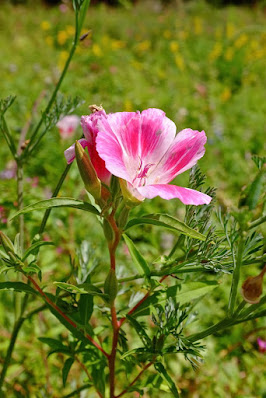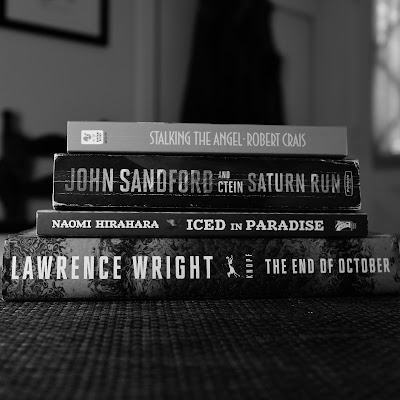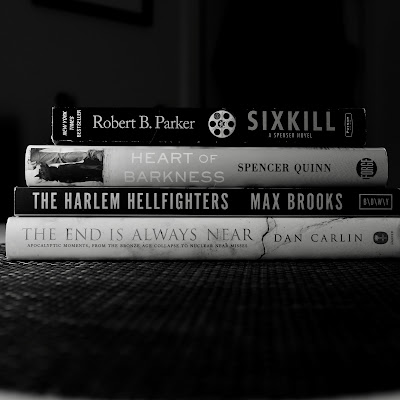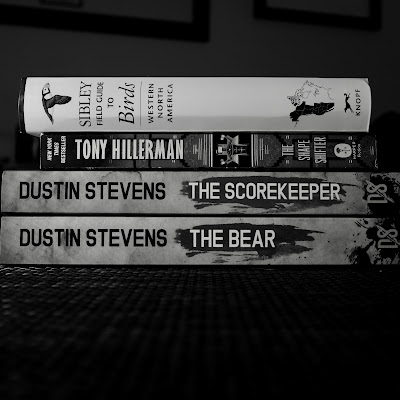The birds and the invertebrates
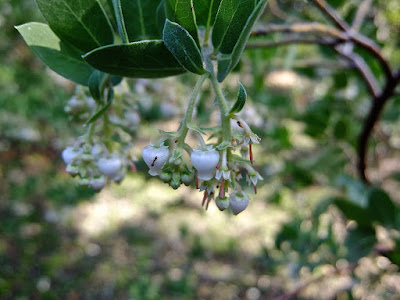 |
| Ant: photo by Cliff Hutson |
June 22-28, 2020 is National Pollinator Week. It is an annual celebration of the many animals that move pollen to help plants make fruit or seeds.
While it is probably safe to say that most people readily identify honey bees as pollinators, many other creatures are also crucial to the lifecycle of plants. It should not be a surprise that butterflies and moths are among the usual suspects. (Ants should probably be excluded, but I like my opening photograph so I am including it anyway.)
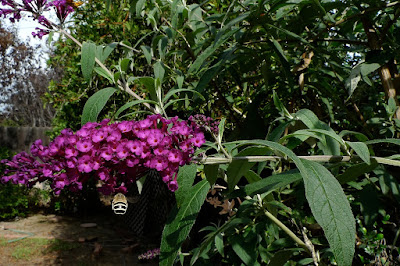 |
| Butterfly Bush: photo by Cliff Hutson |
Another thing that I find amusing is that much of the literature maintains that flower shape dictates the pollinators for a plant. Which is to say that flat flowers attract butterflies, cup shaped flowers bees, and tubular flowers humming birds. However, as I used to joke with my students, the animals do not read those papers.
To wit, I can present bees that are thinking outside of the box or perhaps they just have a rebellious nature.
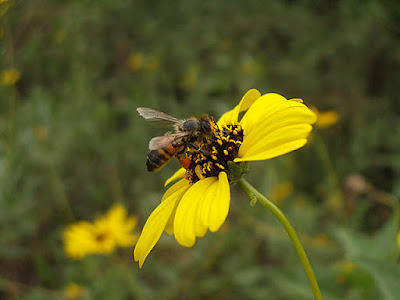 |
| Bee on California Sunflower; photo by Cliff Hutson |
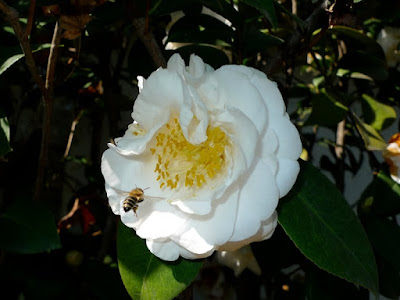 |
| Bee & Camellia: photo by Cliff Hutson |
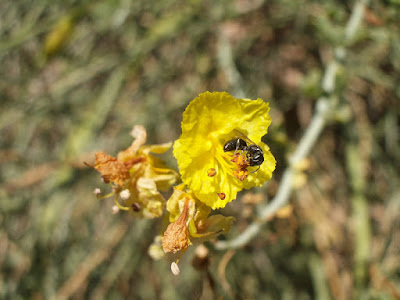 |
| Nevada Mining Bee: photo by Cliff Hutson |
While Ladybugs are noted for eating aphids and other plant destroying pests, it seems that help in pollination as well.
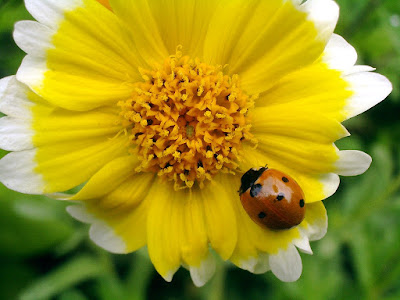 |
| Ladybug: photo by Cliff Hutson |
Finally, this butterfly seems to be going by the book.
 |
| Painted Lady Butterfly: photo by Cliff Hutson |
Pollinators are essential to our environment. The ecological service they provide is necessary for the reproduction of over 85% of the world’s flowering plants, including more than two-thirds of the world’s crop species.
Here are some ways that we can help them to carry on:
- Grow a variety of bee-friendly flowers that bloom from spring through fall.
- Protect and provide bee nests and caterpillar host plants.
- Avoid using pesticides, especially insecticides.
